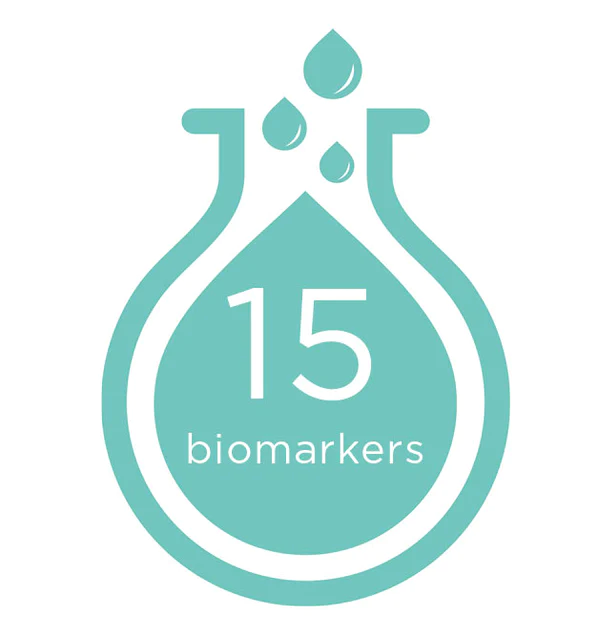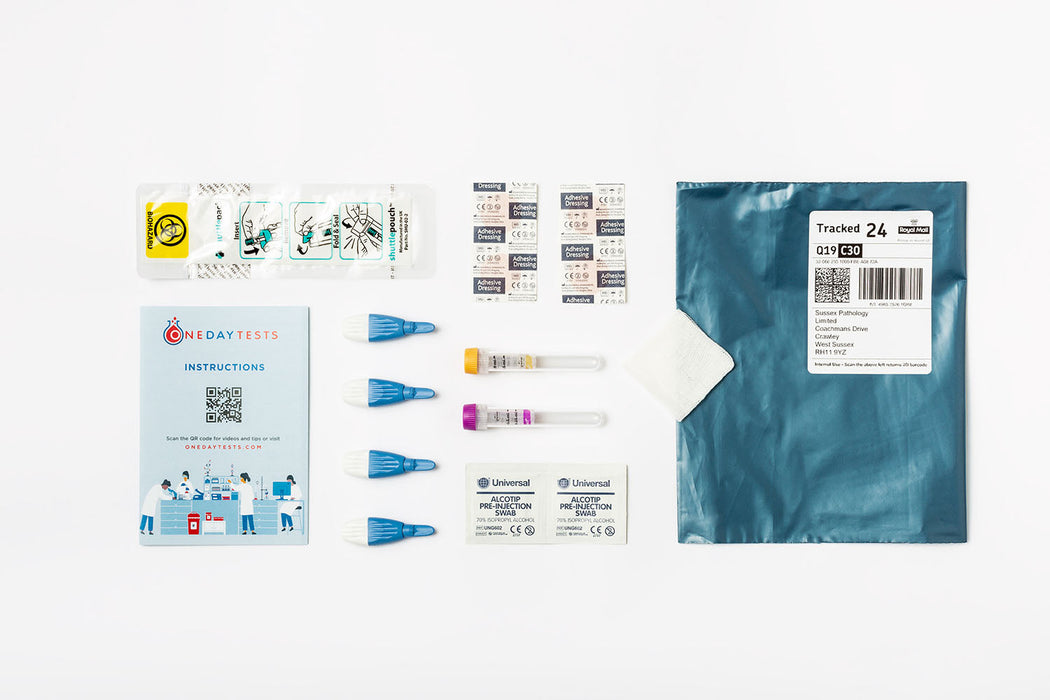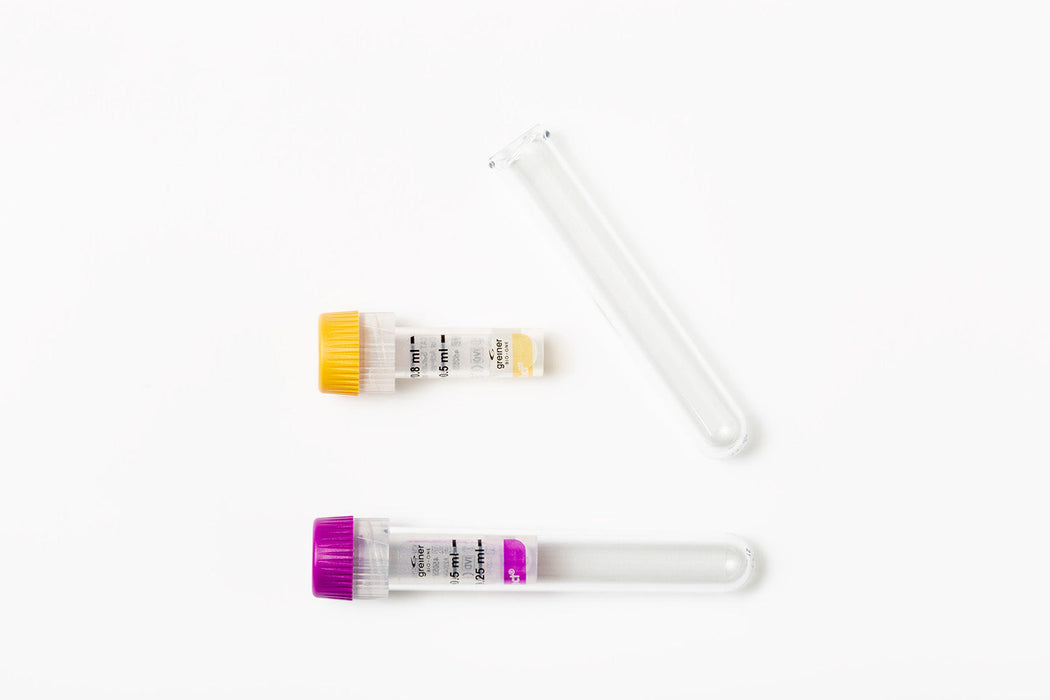What is it?
Red Cell Distribution Width (RDW), Coefficient of Variation (CV) is a measure of the variability in size of your red blood cells. Under normal circumstances, red blood cells are fairly uniform in size. If some are much smaller or much bigger than others (as shown by a high RDW) that can be a sign of an underlying problem.
The RDW-CV value tells you whether enough of your red blood cells are of normal size and shape.
So a higher or lower RDW-CV value would indicate how big the variation in cell size and volume is of the red cells in your blood. This is often confused with the size of the actual cells, but it is important to understand the difference - this is not a measure of size (RDW-SD), it′s a measure of variation in sizes of the cells.
Interpretation
This represents a very subtle changes in the full blood count. Abnormalities in this biomarker are not unusual and do not normally represent any significant problem when there is no major abnormality of the other biomarkers.
Reference ranges
If your indicative RDW-CV count is lower than the reference range for our laboratory:
A low RDW-CV means that the red blood cells are all very similar in size.
This sometimes can indicate a blood disorder in which not too many red blood cells are produced, but those that are produced are large in size.
If this is the case, your RDW-SD value will be large.
Alternatively, it can mean that all the red blood cells are just small. This can also be confirmed by the RDW-SD measurement.
You should investigate this further and speak to your GP.
If your indicative RDW-CV count is higher than the reference range for our laboratory:
This means that your red blood cells are too "unequal" in size. This is called anisocytosis. This generally can be seen when one has an iron deficiency anemia, where there is not enough iron stored in the red blood cells to help carry oxygen in the blood.
Tiredness, shortness of breath, dizziness and headaches can all be symptoms of this. More severe symptoms can include chest pains and nausea/vomiting.
You should investigate this further and speak to your GP.
















